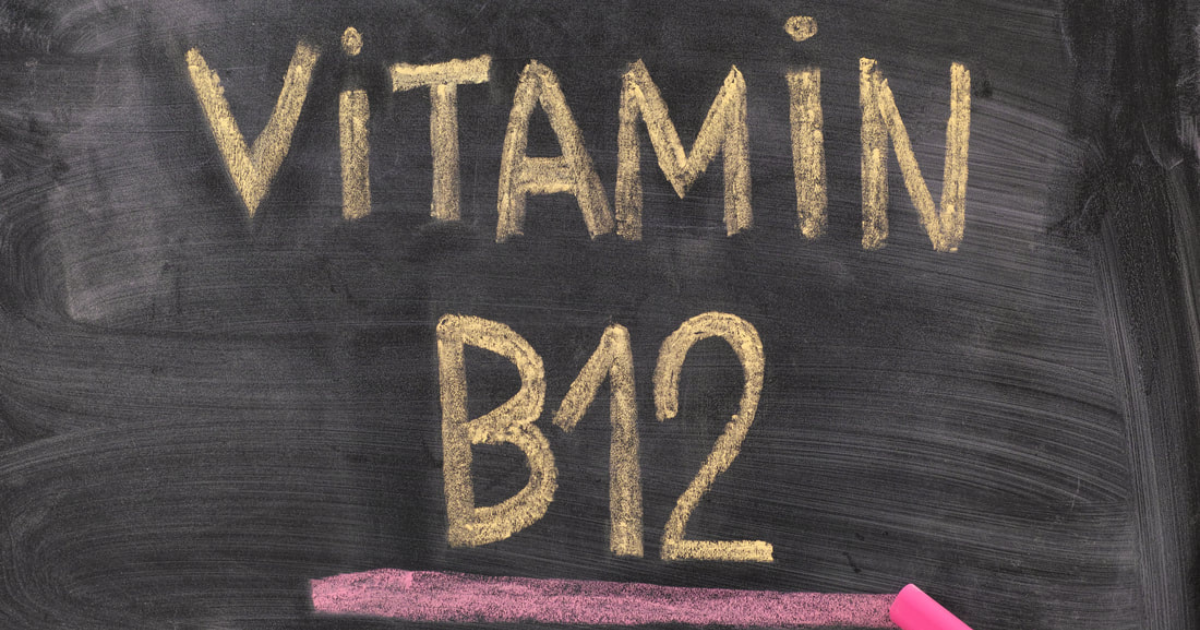Migraine is a neurological condition, causing severe and throbbing pain in the head. People of the 10-40 age groups are affected by migraine headaches. Vomiting, nausea, numbness, sensitivity to light and difficulty speaking can be common symptoms of migraine headaches. A migraine headache can be caused because of genetics or the environment. Family history is the most common risk factor for migraine. One can diagnose migraine headaches by knowing family history, symptoms, and ruling out the other causes.
Women are more affected by migraine headaches than men. Normally, a migraine lasts for 1 to 2 days, but it can also extend to 15 days. Self-care can help, but you cannot treat the migraine headache on your own. You need to consult a doctor for better treatment. Getting quality sleep, staying hydrated, regular exercising, and quitting smoking can prevent migraine symptoms.
Common migraines are those with a headache without aura, and classic migraines are those with aura. There are many types of migraine headaches. Normal headaches are different from migraine headaches.
Symptoms Of Migraine Headaches

Migraine symptoms may start even before the headache starts. Symptoms can begin 1 to 2 days before an actual migraine headache. Not all people with migraine necessarily go through these stages.
- Food cravings
- Depression
- Fatigue and tiredness
- Low energy
- Yawning frequently
- Hyperactivity
- Neck stiffness
- Increasing pain during physical activity
- Vomiting
- Nausea
- Sensitivity to light and sound and gets relief by lying quietly in a dark room
- Excessive sweating
- Temperature changes
- Stomach ache
- Diarrhea
- Headache – which is pulsating, throbbing, and perforating in nature. Severe pain is usually one side of the head and can be either side of the head.
4 Stages Of Symptoms Of Migraine Headaches
Migraine can begin at any age, but it goes through 4 stages – prodrome, aura, migraine attack, and postdrome. Here are some symptoms of migraine headaches, which can occur in every stage.
1. Prodrome

You can feel the symptoms before the migraine starts. 1-2 days before you gets the warning signs and symptoms of migraine headaches such as –
- Increased thirst
- Frequent urination
- Constipation
- Mood changes
- Neck stiffness
- Frequent yawning
2. Aura

Aura occurs before and after migraines. Aura is a reversible symptom of the nervous system. There is usually visual disturbance with some other disturbances too. The symptoms last for 20 minutes to 1 hour.
- Seeing different shapes, bright spots, and flashes of light are known as visual phenomena
- Vision loss
- Needle prickings like sensation in arms and legs
- Difficulty in speaking
- Numbness in one side of the body or face
- Weakness in the body
- Hearing sound and noises
- Uncontrollable jerking or other movements
3. Migraine Attack

If the migraine is untreated, it lasts for 72 hours or can strike several times in a month or rarely occurs. But it depends from person to person.
- Pain in one side of the head or both the sides
- Throbbing and pulsating type of pain
- Extreme sensitivity to light, sound, smell, and touch
- Nausea and vomiting
4. Postdrome

After the migraine attack, people feel drained, confused, and washed out. They experience weakness physically and mentally too. But some people feel uplifted or elevated. By sudden head movements, the pain can come back.
Conclusion
Severe, recurring, and painful headaches are known as migraine headaches. Genetics and the environment play an important role in causing migraine headaches. Some triggers can make migraines. Hormonal changes, drinks, sleep, stress, dehydration are some of the triggers. One needs to take care of this trigger to ease the headache.
Self-care can ease the symptoms of migraine headaches, but one needs to take preventive medicine if they have severe attacks. You need to consult a doctor if a headache causes slurred speech, drooping of one side of the face, weakness of limbs, or any of the symptoms mentioned above are worsened. The migraine headache can mimic stroke, a brain attack due to lack of blood supply to the brain, and brain cells in that area die. So, you shouldn’t ignore the symptoms of migraine headaches.







